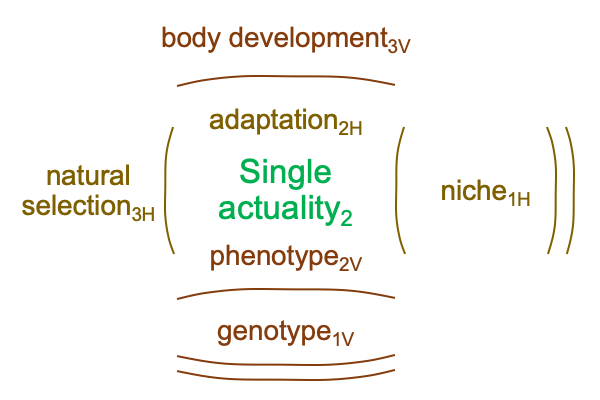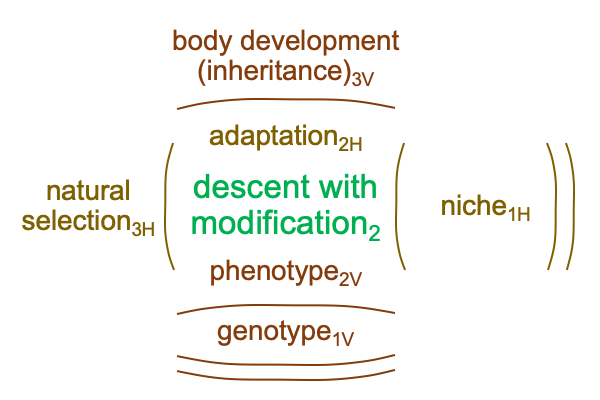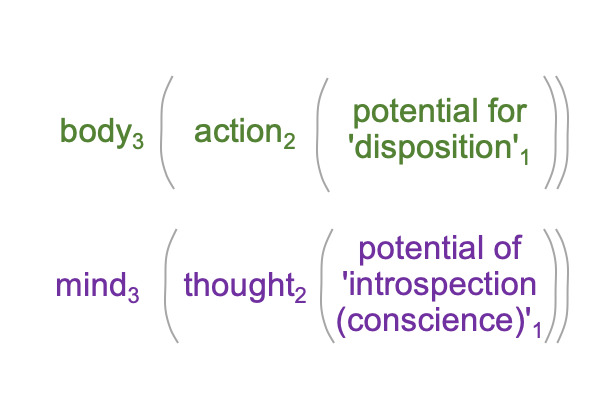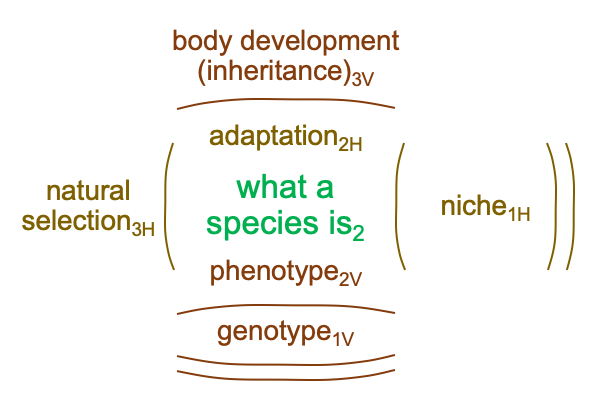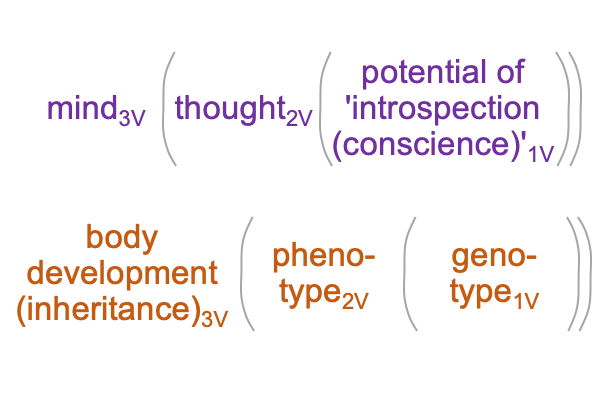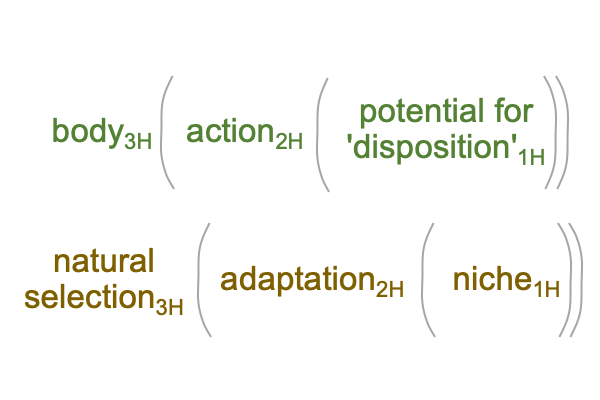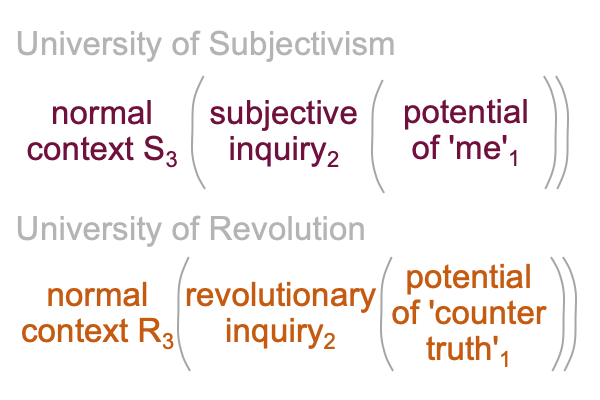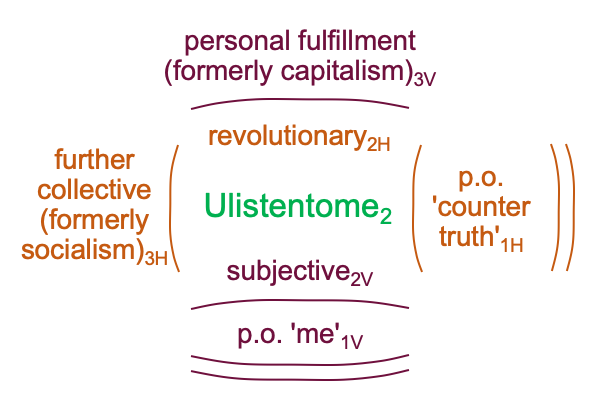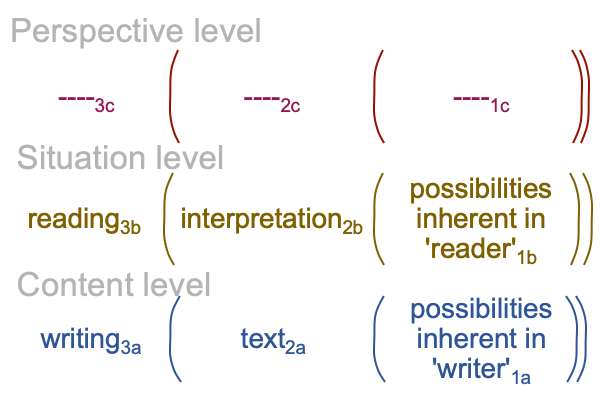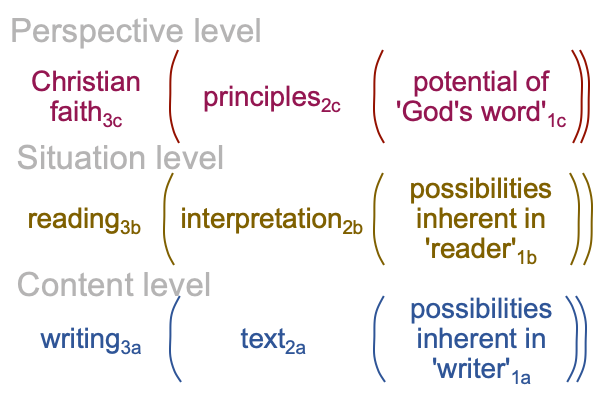0148 How did Augustine’s story of the historical Adam make it onto the stage?
0149 Saint Augustine did not start out as a saint. He began as a Manichean philosopher, more or less. He gave up that dualistic philosophy then revived it, in a strange reversal, in order to explain why babies should be baptized.
0150 The answer concerns Original Sin. The sacrament of baptism removes Original Sin.
0151 So, what did Manicheans think about babies?
0152 The Manicheans adopted an influential Greek philosophy-laden myth to their religion of Light and Darkness.
The myth starts with a soul, sitting in bliss, in the spiritual world, above a celestial trap door. The trap door opens. The soul starts to fall, tumbling downwards into the material realm. As the soul descends, matter clings to it, surrounding the soul’s immaterial beauty with crass matter, until… the baby is born.
0153 Yes, according to the Manicheans, a baby is a bundle of evil matter occluding a divine spiritual spark. So, the goal of life is to escape the evil body and return to the source.
0154 Does this scenario sound vaguely New Age?
0155 Anyway, to me, Augustine’s version of the Fall reminds me of this baby story.
0156 To start, in paradise, Adam was so rational (not not religious, but without passion) that he could command his… what we might call… privy parts. Eve, I suppose, had to adjust to that.
“Rational” is bliss to philosophers.
0157 Then, came this serpent, who talked to Eve, because it already knew that Adam was perfectly rational, except for his one weak spot: Eve. God’s command not to eat the fruit was a trap door labeled: the knowledge of good and evil.
0158 Adam and Eve fell, like the unsupported divine spark, into the evil, corrupt and altogether nutty material world. Then, they had kids. It went downhill from there. Every one of us directly descends from that disaster. That is why we are all subject to the deprivation of God’s original justice.
Oh, wait a second.
Does that last sentence make sense?
Check out Looking at Daniel Houck’s Book (2020) “Aquinas, Original Sin and the Challenge of Evolution”, appearing in Razie Mah’s blog for November 2024.
0159 Jesus came into a world full of Original Sin. He institutes a sacrament, Baptism, that washes Original Sin away and redeems the… um… evil matter holding the divine spark.
0160 Yes, I am back to babies!
The Manichean tale of Augustine’s time left every mother nervous. Many children never lived to adulthood. When one died, the mother asked, “What will happen to my child’s divine spark? Will it ever return to the source? How can it escape the imprisoning occluding evil matter of that corpse?”
The Manicheans had no satisfying answer.
0161 In contrast, Augustine offered a way out of this dilemma. What to do with the evil matter that is your baby? Good news. Baptize the infant. God redeems matter and saves the human spirit.
0162 The reversal is marvelous. Jesus is fully human and fully divine. He is the union of the visible and the invisible. How can matter be evil?
The waters of baptism transubstantiate evil matter (that looks like a baby) into a vessel (that still looks like a baby)bearing a soul open to God’s welcoming call.
0163 Augustine routed the Manicheans. How could they compete?
0164 Yet, he posed a problem. How does the nastiness of Original Sin travel from Adam to me, one of his descendants?
0165 Augustine’s answer was procreation, a biological function that humans take way too much pleasure in. Augustine personally suffered the addiction.
So, the mode of transmission became part of the descent. Horniness became a sign of Original Sin.
0166 So, what is the historical Adam, courtesy of Saint Augustine?
McKnight lists the attributes.
Adam and Eve were two actual persons, directly created by God. They sinned and brought death into the world. They have a biological relation (descent with modification) to all human beings. Their DNA is our DNA. So, their fallen nature is our sinful nature.
0167 The problem with direct biological descent is obvious. Whoever claims to not be a descendant of Adam would not be in need of Baptism. That person would not need salvation.

